Our Heritage
Dakota Crescent SIT Flats
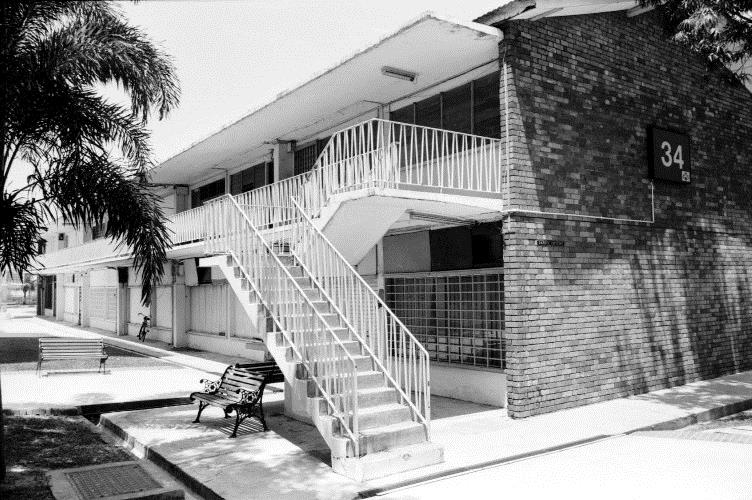
As Singapore’s central area became increasingly crowded in the 1950s, the colonial government planned to develop a new public housing estate in the Kallang Airport area. The Singapore Improvement Trust (SIT) – predecessor of the Housing Development Board (HDB) – built low-rise flats at Dakota Crescent in 1958. Upon completion in 1959, the new Kallang Airport estate had 2,936 housing units equipped with modern basic services such as piped water, flush toilets and electricity. Interestingly, Dakota Crescent was the first estate to feature one-room flats. A significant number of these flats were used to rehouse victims from the Kampong Tiong Bahru fire in 1961.
Tian Kee Provision Shop
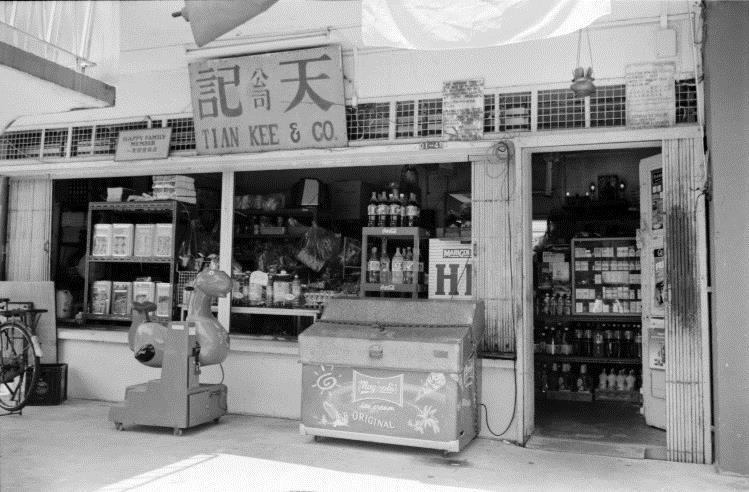
At the time of writing, Tian Kee at Block 12 Dakota Crescent served as a cosy café but prior to its conversion, it housed a provision shop which served the neighbourhood for 54 years. When the Tian Kee provision shop shut its doors and made way for the current café, it stood as one of the oldest of its kind in Singapore. In the past, children bought titbits, avid joggers stopped to hydrate themselves with cold drinks and residents purchased essentials such as cooking oil and bread. However, business at the provision shop was adversely affected after a supermarket opened across the street. Rising rents and decrease in number of residents in Dakota also made it hard to cope.
Dakota Aircraft
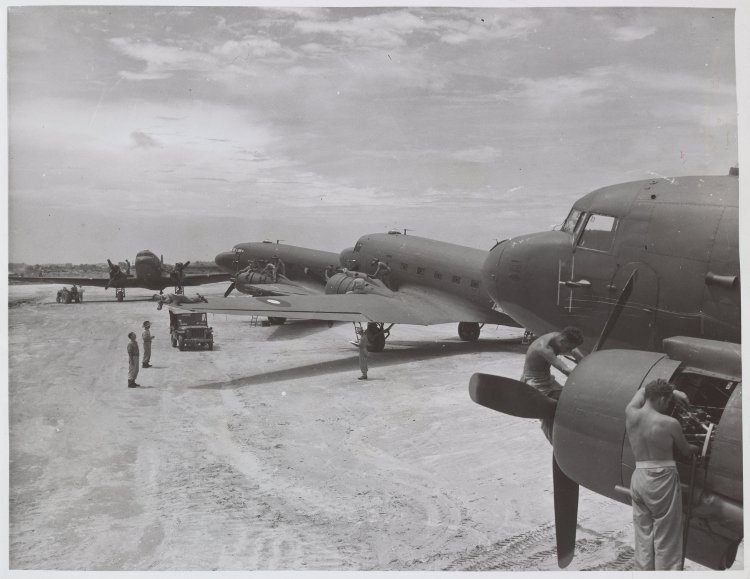
Dakota transport planes receive a final check at the R.A.A.F's most westerly Pacific base,
Labuan Island, Image note H99.200/624
Courtesy of Argus Newspaper Collection of Photographs, State Library of Victoria
The roads, Dakota Close and Dakota Crescent, located in the former Singapore Improvement Trust estate at the Old Kallang Airport, were given their names in 1957. These were named after the famous all-metal passenger aircraft of the 1930s, the Douglas DC-3, or Dakota. Dakota Crescent, off Old Airport Road, was part of the Kallang Airport.
Geylang River
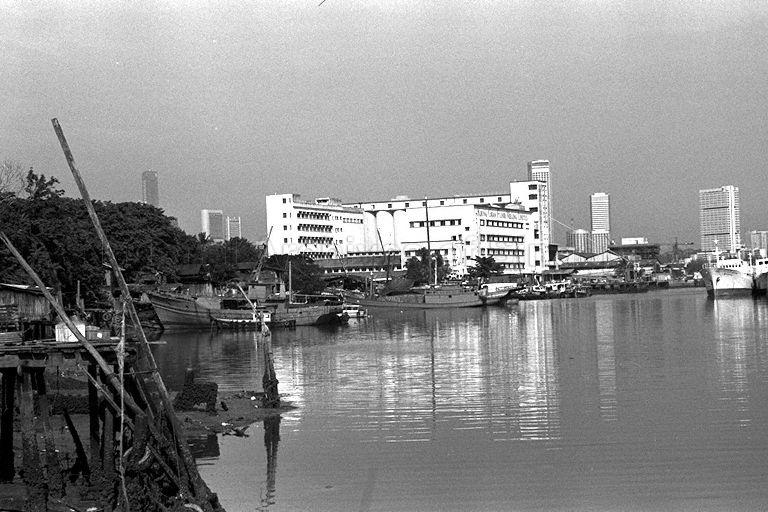
One of Singapore’s oldest rivers, the Geylang River cuts through Mountbatten into the Tanjong Katong area. The mouth of the river was once a bustling area of firewood trading. Neighbourhood children used to climb down the low concrete walls to catch fish and crabs during low tides in the muddy river. However, floods would descend upon Mountbatten area and Tanjong Katong during high tides. Thus, in 1994, the river was redeveloped into a U-shaped, reinforced concrete canal. The Geylang River was later revitalised in a two-year project and reopened in January 2014. The Geylang Park Connector which runs along the river is popular with strollers and joggers.
Broadrick Secondary School
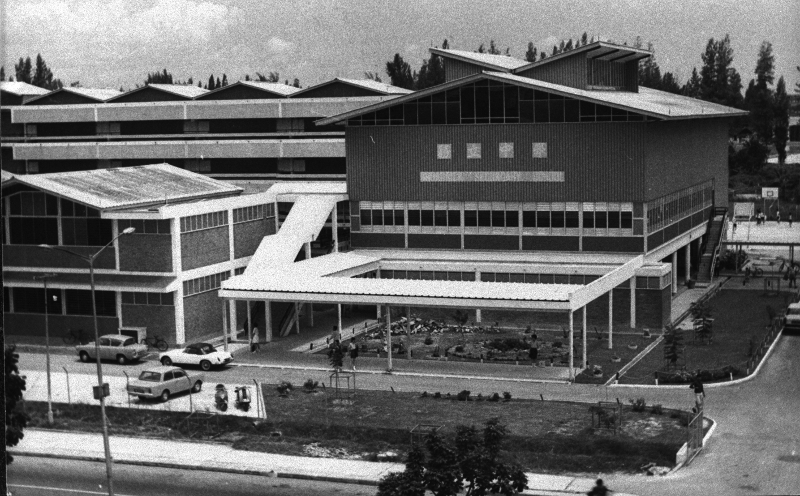
Broadrick Secondary School was first established in 1968 at Dunman Road as an integrated school with both English and Chinese streams. The school was officially opened by Mr Joseph Francis Conceicao, the then Member of Parliament for Katong, on 14 March 1969. In January 1996, Broadrick Secondary School merged with Maju Secondary School to become a single session school. The school later moved to its current location at 61 Dakota Crescent in 2005 and was officially opened by Dr Yaacob Ibrahim on 20 July 2007. On 2 January 2011, Broadrick Secondary School merged with Telok Kurau Secondary School. Broadrick Secondary School celebrated her 45th Anniversary on 24 April 2015 which was graced by Minister for Communications and Information and Minister–in-charge of Muslim Affairs, Dr Yaacob Ibrahim, an alumnus.
Maju Secondary School
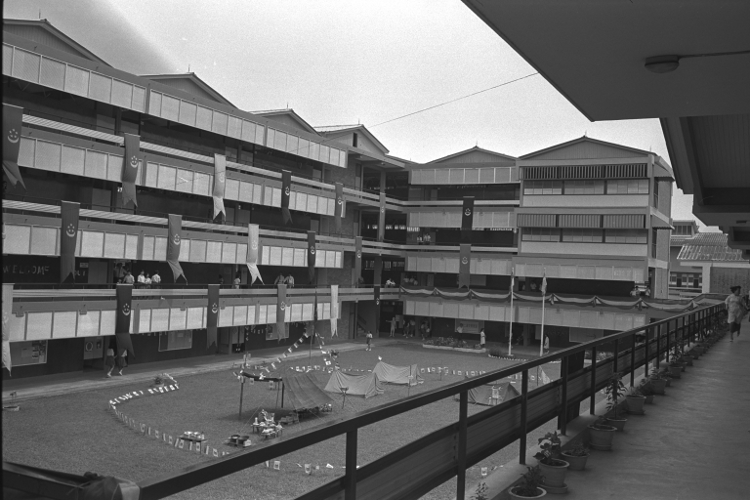
Courtesy of National Archives of Singapore
Maju Secondary School was established on 4 January 1968 at Dunman Road and its premises was declared open by Mr Joseph Francis Conceicao, the then Member of Parliament for Katong, on 6 June 1969. It was a mixed, integrated and technical school. Secondary Three and Secondary Four students from Broadrick Secondary School, which was located just beside Maju Secondary School in the early days, used to attend Technical classes at the school.
Guillemard Camp
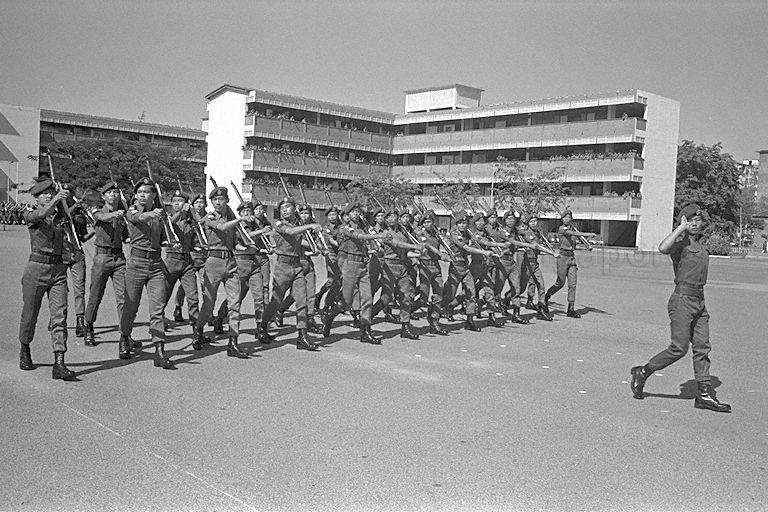
Courtesy of National Archives of Singapore
Guillemard Camp (1969-2003) was home to the First Singapore Infantry Regiment, more commonly known as 1SIR, Singapore’s first military unit. It was established in 1969 for the relocation of 1SIR from Taman Jurong. Generations of young recruits had gone through intensive infantry training at the camp for more than thirty years. Due to limitations in space and to its aging training facilities, operations at the camp were finally ceased in 2003 and 1SIR shifted to Mandai Hill Camp.
Mountbatten Community Centre
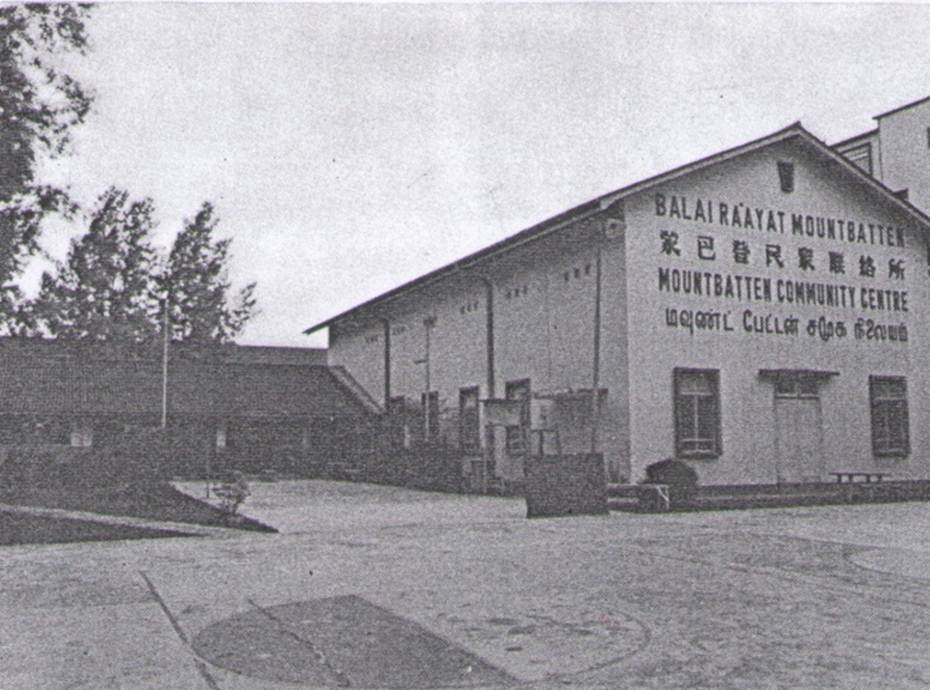
Source: Mountbatten Community Centre Opening
The People’s Association (PA) was established on 1 July 1960 and one of its objectives was to create a common national identity through organising and promoting community involvement in social, cultural, educational and sporting activities. The first task of the PA was to take over community centres originally built by the colonial government and to develop them into a common space for people from all ethnic, linguistic and religious backgrounds to meet and interact through sporting activities like basketball and sepak takraw, and educational activities such as dressmaking and cooking. Community centres also served as a contact point between the people, grassroots and government leaders. First established as a community centre, Mountbatten Community Club, housed in a distinctive red brick building and sitting amidst its quaint surroundings, has served the aforementioned purposes and has now come to embody the spirit of community in the area.
Old Airport Road Food Centre
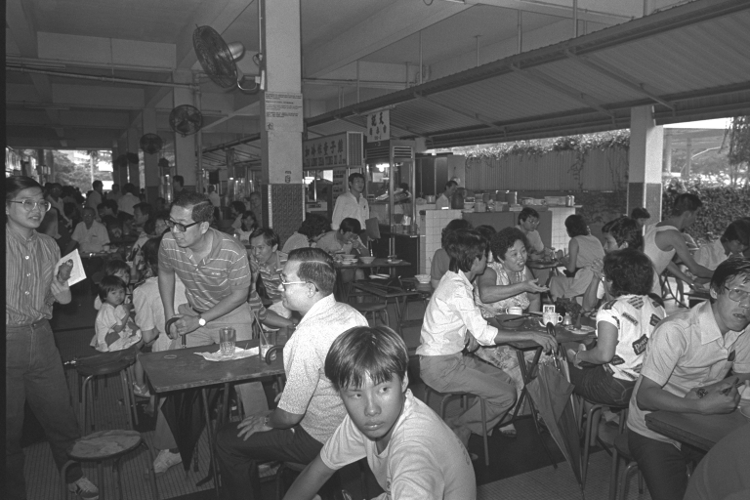
Courtesy of National Archives of Singapore
Opened for public use in 1973, Old Airport Road Food Centre is one of the oldest, largest, and most popular hawker centres in Singapore. The renowned food centre is famous for its delicious yet reasonably-priced local fare. For more than thirty years, it has helped to satisfy the gastronomical cravings of our country’s food-crazy populace.
Old Kallang Airport
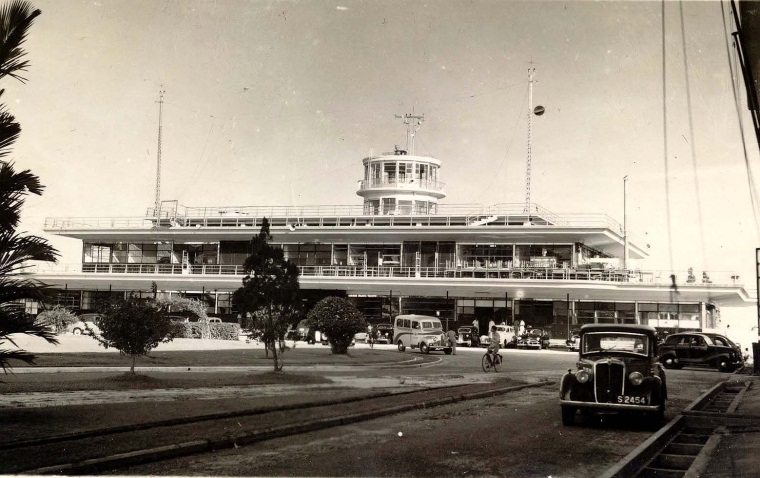
The former Kallang Airport was Singapore’s first purpose-built civil airport and was opened by Sir Shenton Thomas on 12 June 1937. Touted as one of the most modern airports of its time, it was described as “the finest airport in the British Empire”. The airport ceased operations when the new Paya Lebar Airport opened in 1955. However, the airport building continued to be used by various groups such as the Singapore Youth Sports Council, People’s Association and Public Works Department. In 2008, the building was gazetted for conservation by the Urban Redevelopment Authority. It was later used as one of the main venues for the 2011 Singapore Biennale.
Old National Stadium
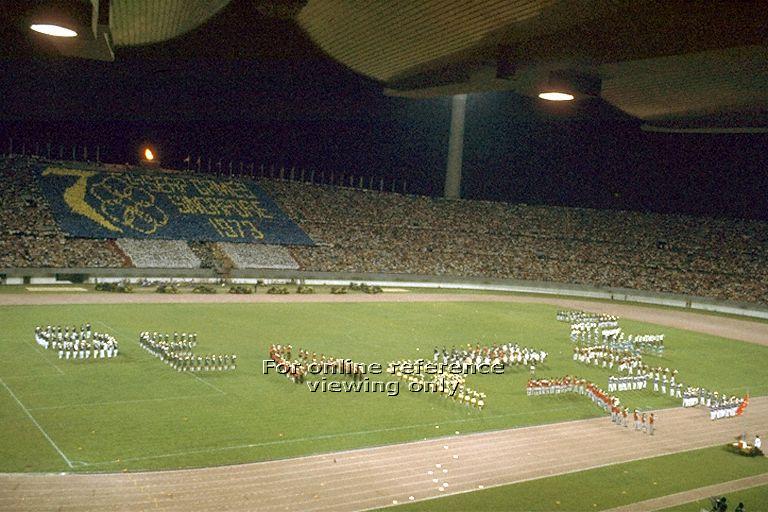
Courtesy of National Archives of Singapore
The old National Stadium was opened by then Prime Minister Lee Kuan Yew on 21 July 1973. With a seating capacity of 50,000 and equipped with a 400-metre eight-lane synthetic track and many other facilities, the stadium was one of the best in Southeast Asia then. It was the hosting venue for the nation’s National Day Parades (NDP) and had hosted 18 NDPs from the time of its opening to its official closure on 30 June 2007. It was also a venue for many sports, cultural and entertainment events such as the 1983 and 1993 Southeast Asian (SEA) Games, Malaysia Cup football matches, Singapore Youth Festival’s opening ceremonies and concerts of popular artistes. Prime Minister, Lee Hsien Loong, opened the Sports Hub during the MOE and MCCY-led Youth Day event called Youth Celebrate! on Sunday, 26 July 2015.

